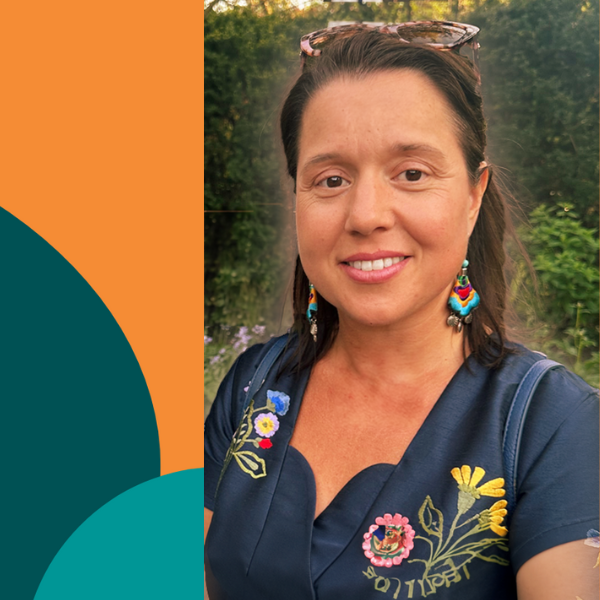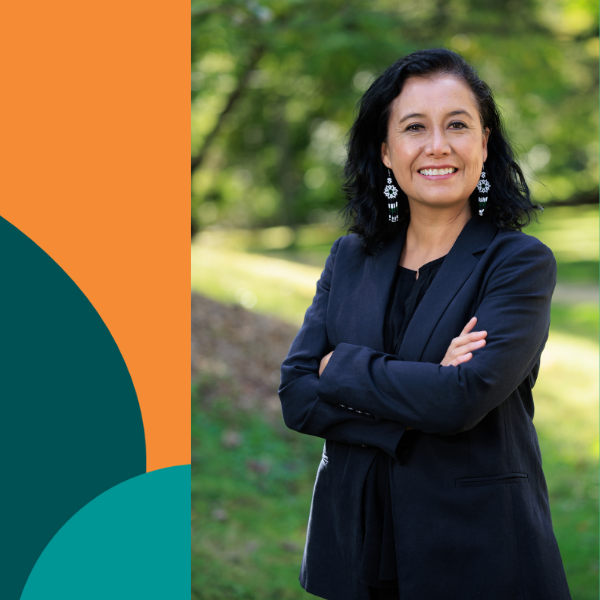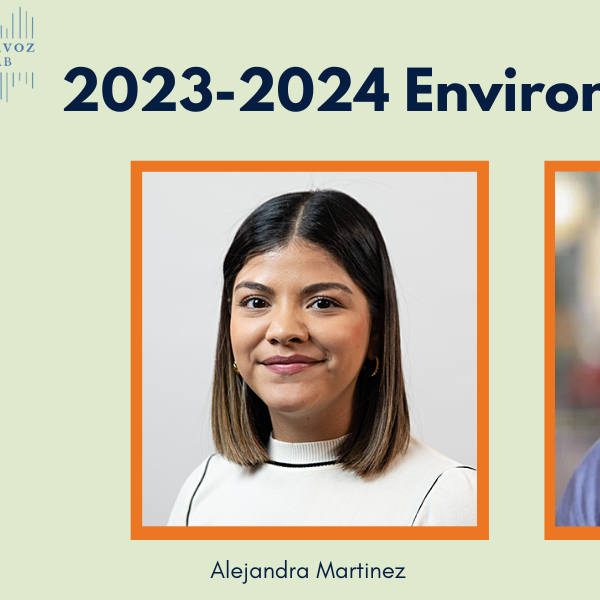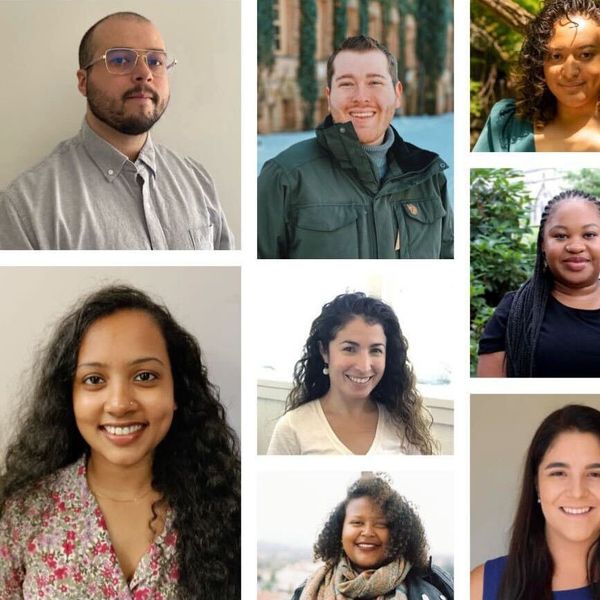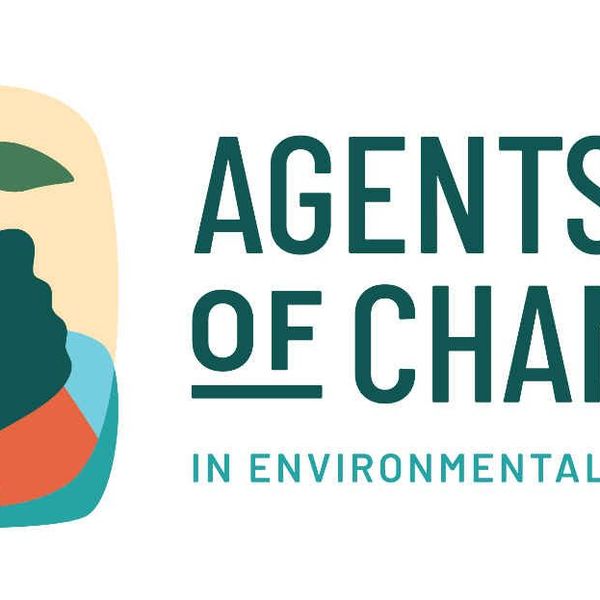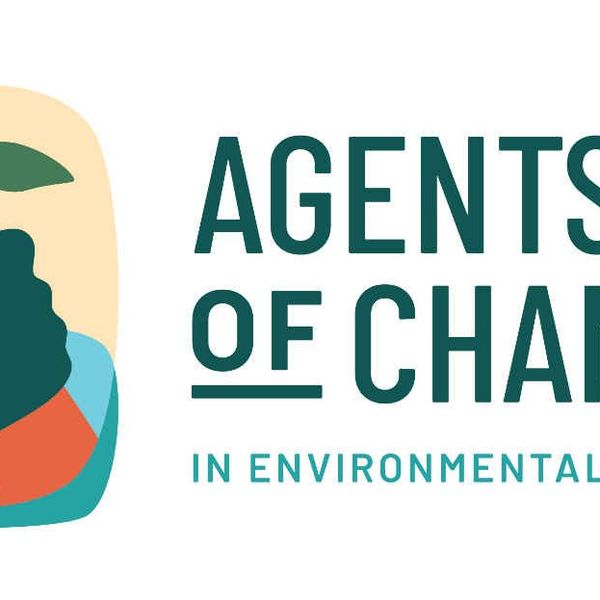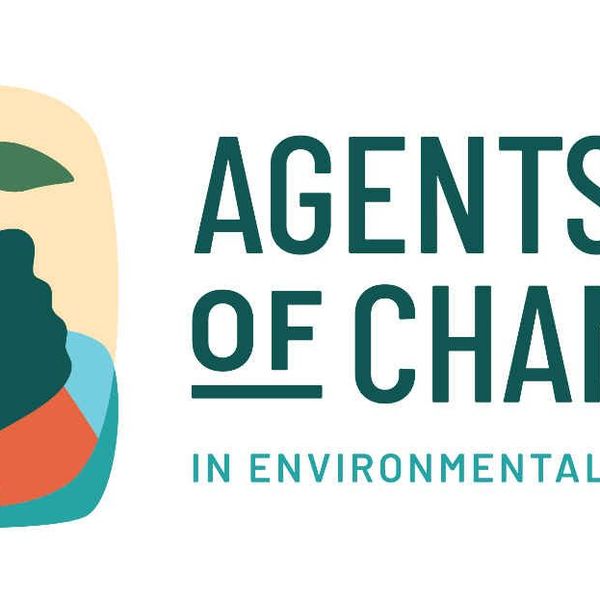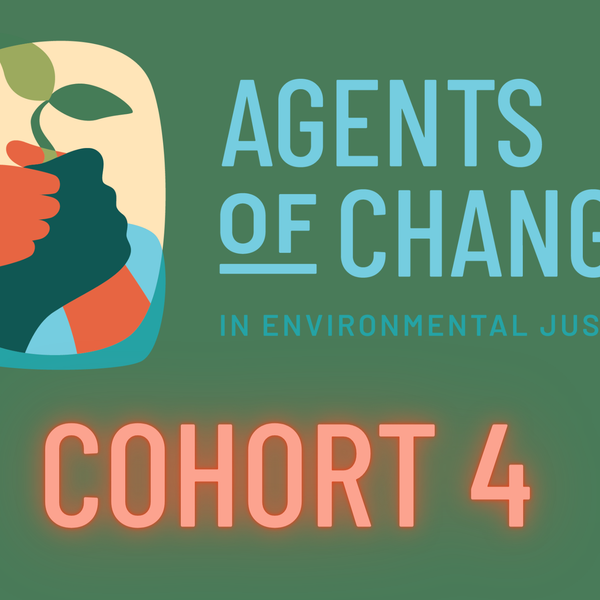"From Black woman to Black woman, is it a good idea for me to participate in these studies?"
I was not expecting this call or question. We had met a few days earlier when I recruited her for a reproductive health study.
The weight of her words fell over me as I thought about the social and historical implications of her question, as well as what my response should be as a researcher, but more importantly, as a Black woman.
As a public health student, I had always been interested in research that was relevant to, and important for, Black communities, although I had no idea how impactful my position as a Black woman would be to my work.
During graduate school, I started working on a study focused on the impacts of environmental chemicals on uterine fibroids. Uterine fibroids, which are non-cancerous tumors that develop in the uterus, disproportionately impact Black women and often cause severe symptoms such as heavy bleeding, pelvic pain and a higher risk of hysterectomy.
This essay is part of "Agents of Change" — see the full series
As a research coordinator, it is my job to engage with participants through every phase of the study. This means phone interviews, meeting loved ones during clinical visits, calling participants for follow-up visits, and being present during vulnerable moments of surgery and recovery.
Through every interaction I am reminded that behind every data point is a real person with a real story.
The majority of our study participants are Black women. While this is partly due to where we recruit, it also reflects our diverse research staff and the rapport that we gain with eligible participants.
My position as a Black woman allows me to connect with participants in a way that may not be possible if I were not Black. Being a Black woman makes me a better researcher.
Minority researchers and study participants are underrepresented in all fields of research; environmental health is no exception. Environmental health research is dominated by white scientists from elite institutions, with only a small subset of projects focused on the needs of communities of color. Although Black and Brown communities are disproportionately impacted by environmental health issues, they continue to be excluded from research, which may further exacerbate health disparities and stall advancements in public health action.
Barriers exist to recruiting and retaining participants from diverse backgrounds, including mistrust from some communities. However, the onus is on researchers and institutions to engage with minority populations in spite of these barriers.
It is time for our field to take more intentional steps to include Black and Brown folks in every aspect of public health research.
Lack of inclusion
We have known about the lack of diversity in research for decades. According to a 2016 report, African American, Hispanic, and Asian Americans make up only 10.2 percent of tenured faculty positions. The numbers are even more staggering for research-intensive science departments—less than 4 percent of tenured professors are African American, Hispanic or Native American.
This mirrors racial disparities in federal funding for health research. A National Institutes of Health (NIH) study team concluded that Black investigators are 10.7 percent less likely to receive NIH funding compared to White counterparts, even after controlling for factors such as education, training, and experience.
Because researchers from underrepresented backgrounds are more likely to study socially disadvantaged communities, the lack of diversity among research faculty may directly impact the inclusion of Black and Brown participants in research studies.
This essay is also available in Spanish
Despite federal efforts mandating the inclusion of "women and minorities" in research, these populations are still largely underrepresented in research studies even though minority populations bear the burden of a host of environmental health issues.
For example, approximately 80 percent of all individuals included in genomic studies are of European descent, undermining the genetic diversity across populations and hindering "precision medicine" efforts. NIH is attempting to address this through the All of US Research Program, but the problem is not limited to genomic studies.
In my work, despite the large racial and ethnic disparities that exist for fibroids, Black women comprise only 15 percent of participants in published clinical trials.
This lack of representation hinders progress toward successful interventions for underrepresented communities.
Barriers to participation

Doctor drawing blood from a patient as part of the Tuskegee Syphilis Study. (Credit: National Archives)
The academic, research, and medical fields are stained with mistrust. Our history points to numerous examples of maltreatment based on race and ethnicity.
One of the most famous examples is the Tuskegee Syphilis Study, in which poor, Black men were unknowingly enrolled into a clinical study to examine the natural progression of untreated syphilis. Over the course of 40 years, men were never informed of their syphilis diagnosis nor treated for the disease, even after penicillin was approved as a treatment for syphilis.
More recently, researchers at the Arizona State University collected DNA samples from members of the Havasupai Tribe to study Type 2 Diabetes, but used the samples for several other genetic studies without consent.
The ethical failures of these studies and others have shaped current biomedical research practices, however, the legacy of mistrust still plagues research today.
For the Black women with whom I work, mistrust is likely informed by a long-standing history of both racism and sexism. Throughout decades of slavery, my ancestors were repeatedly violated, enduring forced labor, rape, and medical experimentation based on their position as being both Black and female.
Notably, J. Marion Sims, an American physician still hailed as the "father of modern gynecology," perfected his surgical techniques by performing procedures on enslaved Black women without anesthesia. These horrific actions were followed by forced sterilizations as birth control for poor Black women in the 1900s, and by the harvesting and use of cells from Henrietta Lacks, a young Black woman dying of cervical cancer, without her consent.
Even now, Black women continue to experience inequity in healthcare settings, as evidenced by the high maternal mortality rates among Black women in the U.S. These historical abuses coupled with current injustices may affect the daily lives of Black women and influence how they perceive research.
Building institutional and interpersonal trust
While history cannot be erased, researchers and institutions can work to gain interpersonal and institutional trust.
Building interpersonal trust looks like addressing your implicit biases and being open, honest, and collaborative with study participants. For me, that means approaching every participant with patience and compassion, even if I perceive the situation uncomfortable or inconvenient.
It also means acknowledging the knowledge of study participants. In my work, this translates to listening to the insights that participants offer and incorporating those ideas into tangible changes to our data collection methods.
Institutional trust can be built by organizations creating long-term partnerships with the communities they serve. This concept of creating key partnerships is the crux of community-based participatory research, through which there is shared ownership in all research decisions among researchers and community members.
While this depth of collaboration may not work for every institution or study, the principles of engaging with socially disadvantaged groups in meaningful ways can be applied across institutions and topic areas. Great examples of this include:
- The academic-community partnerships in Baltimore to address hypertension disparities;
- School-based programming in Los Angeles to address childhood asthma;
- Community engagement in NIH-funded HIV/AIDS clinical trials.

March for Science in Washington, DC, in 2017. (Credit: Adam Fagen/flickr)
There are, however, other logistical barriers—transportation to clinical facilities, lack of adherence to study procedures, financial constraints, and participant fear of exploitation—often cited as reasons for the lack of inclusion of minority participants.
While it is true these barriers exist, it is also true that the same social structures that drive inequities in health (e.g., implicit biases and structural racism) also impede successful recruitment, enrollment, and retention of Black and Brown participants in research.
For example, it is well-documented that implicit biases about certain populations may prompt researchers to avoid recruiting patients they perceive as uninterested or unwilling to comply with study procedures.
Recent developments in COVID-19 burdens highlight the long-standing impacts of structural racism - the social, political, and institutional norms that disadvantage racial/ethnic minorities - for Black and Brown communities. Early evidence from major cities and states across the U.S. suggest that Black Americans have higher rates of sickness and death from COVID-19 compared with non-Black Americans.
Some were quick to shift blame to Black folks, citing improper social distancing or general apathy about the impacts of COVID-19.
However, these emerging data showcase the inequities in our public health system including inadequate testing, access to lower quality care, and bias from healthcare providers that drive disparate rates of disease in Black and Brown communities.
Excuses are not okay. It is time for change.
It is time for health systems and providers to rapidly address implicit biases and structural racism to ensure that every patient receives proper COVID-19 testing and care.
It is time for agencies to commit to funding opportunities that bolster and support researchers from under-represented backgrounds.
It is time for academic institutions to engage in long-term partnerships with the communities they serve and create environments where scientists from diverse backgrounds can thrive.
It is time for researchers to acknowledge their faults in study design, protocols, staffing, and recruitment that prevent inclusion of Black and Brown folks in their research, and to apply innovation in those areas.
Prior studies demonstrate that racial and ethnic minorities are as willing to participate in research studies as White folks. This is certainly true among the participants in our fibroids study, who generally express excitement in participating in the study, even though they are not directly benefiting from the research.
We must move past the idea that certain communities do not want to participate in research, and rather admit that we, as a research community, are not doing the work on every level to include them.
Benefits of diversity

Toxicology Research at the U.S. Food and Drug Administration. (Credit: U.S. FDA)
I have seen first-hand how incorporating diverse perspectives into research can be extremely successful. Sometimes this means talking about a participant's natural hair journey, because I, too, gave up chemical hair perms several years ago. Oftentimes it means a big hug upon completion of data collection, and most recently, it meant a participant inquiring about my academic journey and expressing pride in seeing a Black woman working in my position.
My anecdotes are not unique. In a focus group among Black men, most agreed that they were more willing to participate in the study because Black men recruited them. There are similar trends in medical literature, with Black and Brown patients expressing more comfort with healthcare providers of shared racial/ethnic backgrounds. The common thread in all of these scenarios is trust.
It is not enough for funders and institutions to publish a "diversity statement" and express their intentions for inclusion. Far more important is the inclusion of Black and Brown investigators, staff, and students. I am not saying that you need a Black recruiter in order to recruit Black participants. I am advocating, however, for the inclusion of people of color in every phase of research.
But it's not just me saying this. This call to action is one that has been spoken for decades and serves as a fundamental principle of the Environmental Justice movement to involve people of color "as equal partners in every level of decision making."
Much like community partners in community-based participatory research who can offer insights and highlight challenges to improve their own community's health, investigators, staff, and students of color can add a wealth of ideas and help facilitate important conversations with participants from diverse backgrounds, resulting in a more robust research environment.
Now more than ever, as scientists rapidly develop and test COVID-19 therapies and potential vaccines, the inclusion of Black and Brown folks in research is critically important. As public health leaders tasked with improving health for all people, it is our responsibility to include the voices of all people, particularly those who have been marginalized. If not, millions of research dollars could miss the mark on health interventions, prevention campaigns, and personalized medicine by missing people of color.
Reflecting on that phone call on a chilly, Sunday afternoon, I am glad to be on the other side of the line. I am thankful to be conducting work that is relevant to, and important, for Black women.
After all, public health is all about people, and the health of millions depends on our action.
"We honor the dream by doing the work." – Cleo WadeThis essay is part of "Agents of Change," an ongoing series featuring the stories, analyses and perspectives of next generation environmental health leaders who come from historically under-represented backgrounds in science and academia. Essays in the series reflect the views of the authors and not that of EHN.org or The George Washington University.
Banner photo: Campaign focus groups. (Credit: Wikimedia Commons)


















